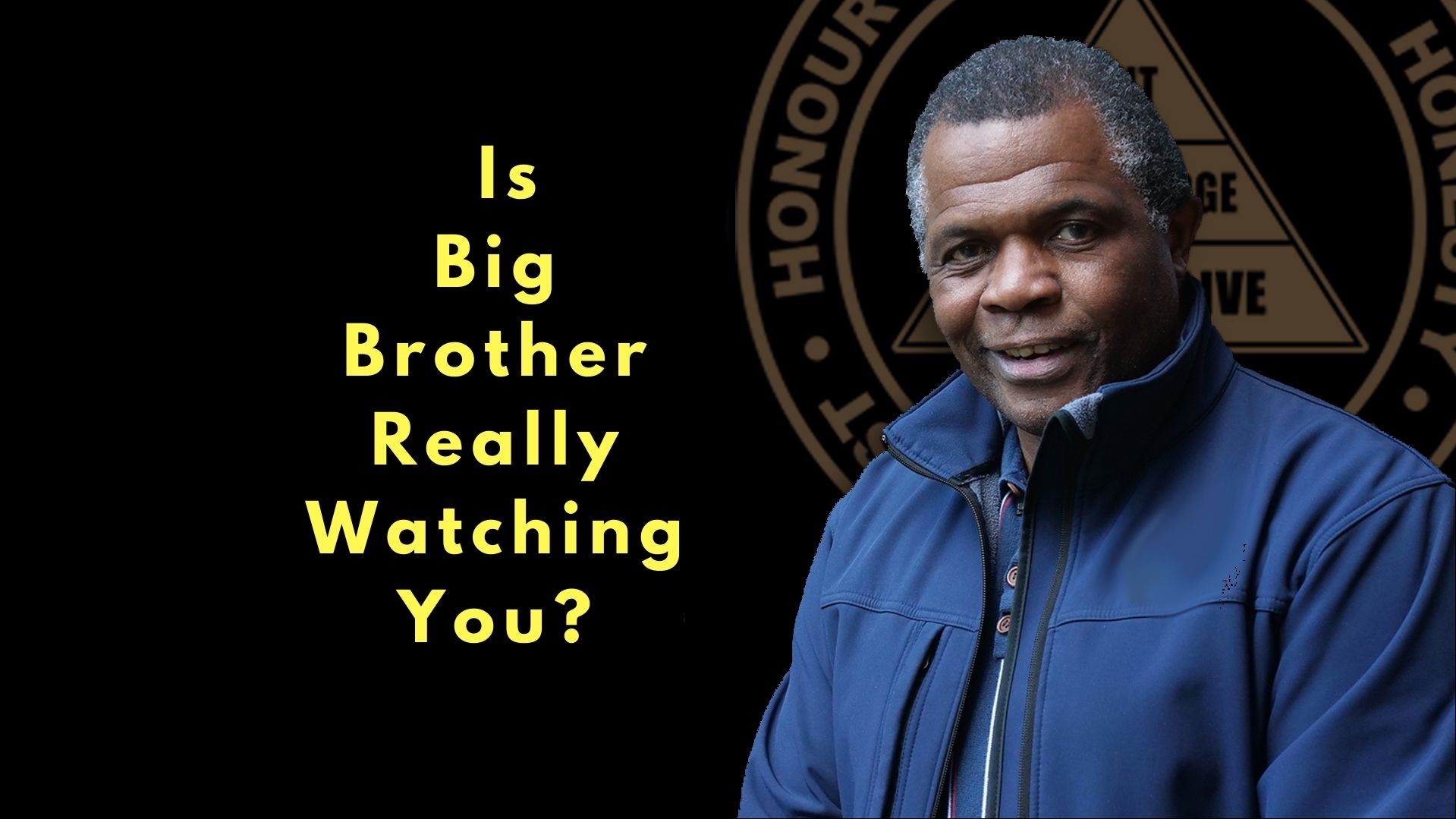According to reports there are between 124 and 205 assaults every working day on lone workers. That equates to approximately between 45,000 and 74,000 attacks on lone workers each year.
Situation…you’re working away on your own, and your concerned for your safety but you don’t feel you can just get up and leave.
My question is not who you are going to call. My two-part question is, how are you going to contact them (who is them)? Now having made contact what are you expecting them to do for you?
Today’s workspace landscape has evolved, with an increasing number of individuals finding themselves working alone in various settings.
Whether deployed in the field, meeting clients, or working from home, lone and remote workers face unique risks that employers and individuals must address to ensure their safety and well-being.
Let’s explore the potential hazards faced by lone workers, the importance of risk management and necessary control measures.
Lone workers, depending on their job roles, may encounter physical hazards such as slips, trips, falls and manual handling issues. A field technician working on-site might be exposed to uneven terrain, slippery surfaces, or heavy lifting tasks.
Workers who interact with clients or the public, especially in unfamiliar locations, may face security risks such as verbal or physical abuse, theft, or assault.
Due to long periods of isolation mental health concerns, including stress and anxiety, can arise due to the absence of immediate support or social interaction.
Before deployment, it is crucial to provide comprehensive training on risk awareness, emergency procedures, and personal safety, including training in the use of relevant safety equipment or technology.
Depending on the nature of the work, lone workers may need specific PPE, such as high-visibility clothing or communication devices.
Establishing reliable communication channels is vital. Lone workers should have access to devices like mobile phones, two-way radios, or alarm buttons to summon help in case of emergencies.
Implementing a system of regular check-ins helps ensure the well-being of lone workers, including the establishing of back-up protocols for missed check-ins.
Ensure everyone knows the emergency response plans, including contact information for emergency services and procedures for different types of incidents.
For those working from home with limited or no supervision, additional considerations come into play:
- Ensure that home offices have been assessed for potential hazards such as tripping hazards, etc.
- Remote workers should be trained on secure internet connections, regular software updates, and awareness of phishing threats.
- Protocols for check-ins, access to employee assistance and promoting work-life balance are essential.
The safety of lone workers is a shared responsibility between employers and individuals.
Proactive measures to enhance safety including, risk management, comprehensive training and the implementation of control measures are crucial to mitigating the unique hazards faced by those working alone.
Want to know more – https://nfps.info/level-3-risk-assessment-course/

